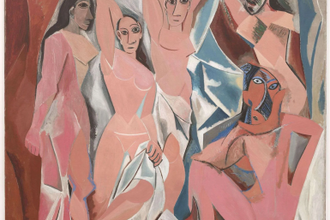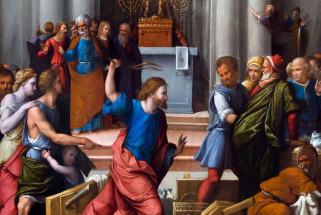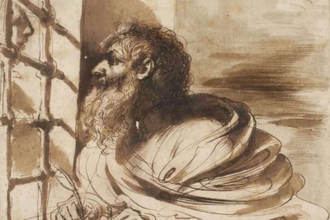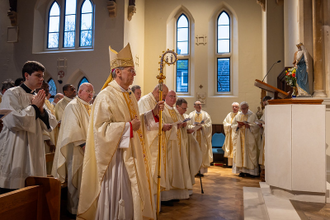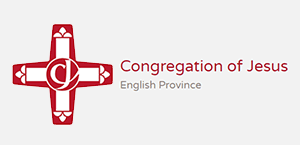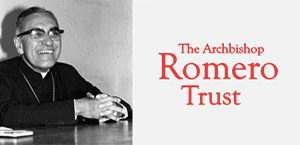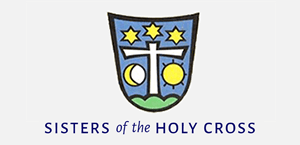Gospel in Art: Feast of Saint Ignatius of Loyola
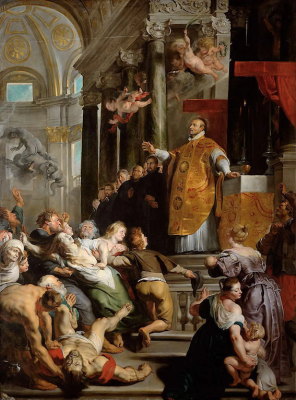
The Miracles of St. Ignatius of Loyola, by Peter Paul Rubens © Kunsthistorische Museum, Vienna
Source: Christian Art
Gospel of 31 July 2025
Matthew 13:47-53
At that time: Jesus said to the crowd, 'Again, the kingdom of heaven is like a net that was thrown into the sea and gathered fish of every kind. When it was full, men drew it ashore and sat down and sorted the good into vessels but threw away the bad. So it will be at the end of the age. The angels will come out and separate the evil from the righteous and throw them into the fiery furnace. In that place there will be weeping and gnashing of teeth.
'Have you understood all these things?' They said to him, 'Yes.' And he said to them, 'Therefore every scribe who has been trained for the kingdom of heaven is like a master of a house, who brings out of his treasure what is new and what is old.'
And when Jesus had finished these parables, he went away from there.
Reflection on the painting
Today we celebrate the feast day of Saint Ignatius of Loyola (1491-1556). "The Miracles of St. Ignatius of Loyola" by Peter Paul Rubens, painted around 1617-1618, is a masterful Baroque canvas that brims theatrical drama, typical of Rubens. Originally commissioned for the Jesuit church of St. Charles Borromeo in Antwerp, this painting was part of a pair , its counterpart being The Miracles of St. Francis Xavier (also kept at the Kunsthistorisches Museum), both intended to glorify the missionary zeal of the Jesuit order. Rubens, himself educated by Jesuits, delivers a powerful visual sermon in these two canvasses, capturing not just the miraculous deeds of St. Ignatius but the very triumph of divine grace over physical and spiritual suffering.
At the centre of the composition stands St. Ignatius, robed in richly flowing vestments, elevated on a platform above the crowd, bathed in celestial light. His outstretched hand radiates divine power, while the other rests gently on the altar - the very place where he has just celebrated the mystery of the Mass. It is as if, having drawn down the graces of heaven through the Eucharist, he now extends them outward to the suffering crowd before him. Rubens crowds the lower half of the canvas with the sick, the possessed, and the dying: bodies twisted in pain, faces contorted in desperation, and figures reaching upward with hope. The scene is chaotic yet meticulously composed. Light floods down from the upper background, where angels and cherubs hover, illuminating the saint and suggesting that these miracles are sourced in divine grace, not human power.
Our painting doesn't depict one specific miracle from St. Ignatius' life. Instead, it presents a theatrical, generalised depiction of the kinds of miracles that were attributed to him after his death, particularly exorcisms and healings (of body and soul) performed through his intercession.
The theatricality, muscular figures, and emotional intensity are all typical of Rubens' Baroque mastery. But beyond its style, the painting is a powerful piece of Jesuit propaganda: it proclaims the holiness of their founder, the Church's authority to heal both body and soul, and the divine legitimacy of their mission. As such, it would have deeply moved and inspired the faithful entering the Jesuit church in Antwerp, reminding them not only of St. Ignatius' miracles, but of the living power of the Church itself.
LINKS
Gospel in Art: https://christian.art/
Today's Reflection: https://christian.art/daily-gospel-reading/matthew-13-47-53-2025/



